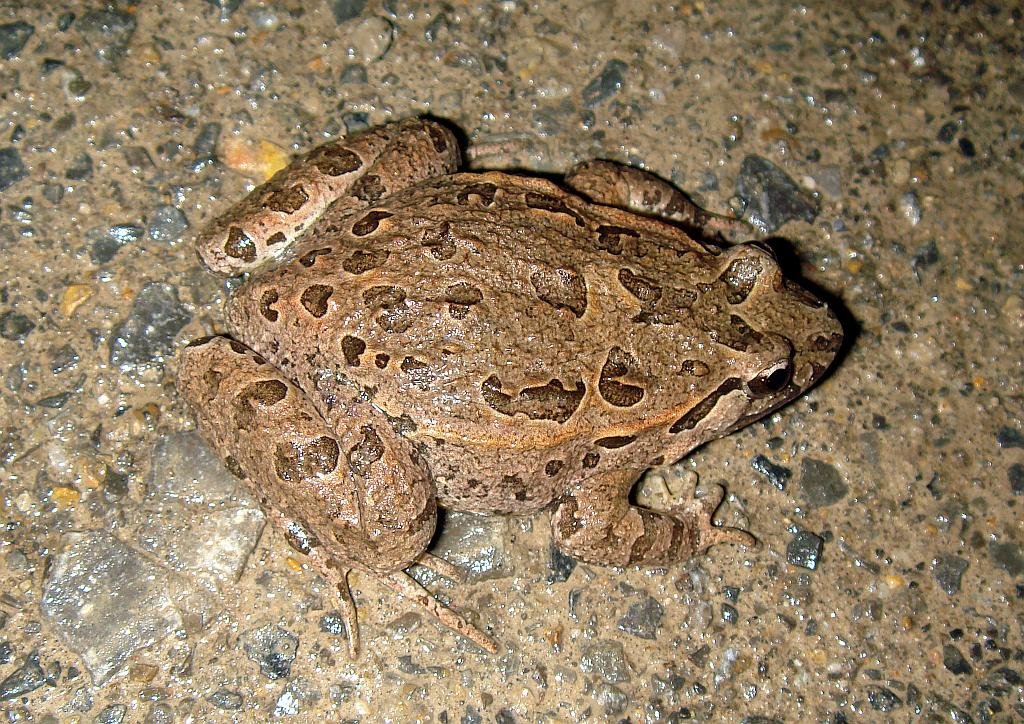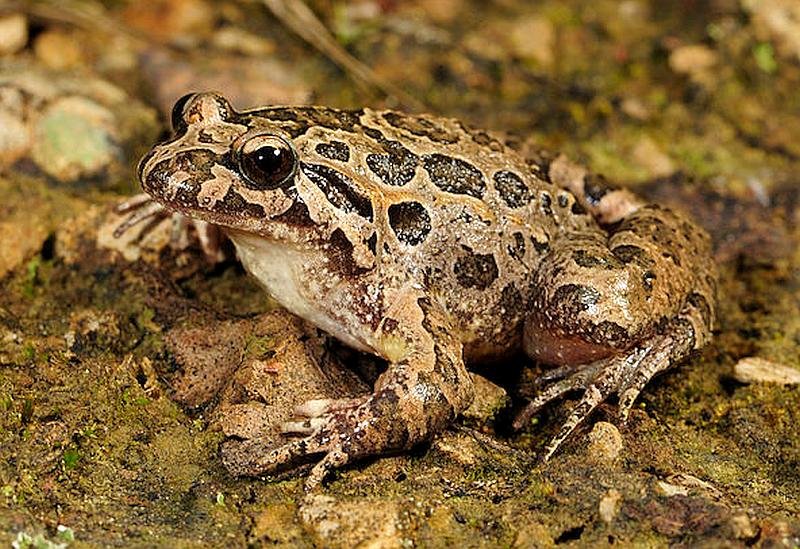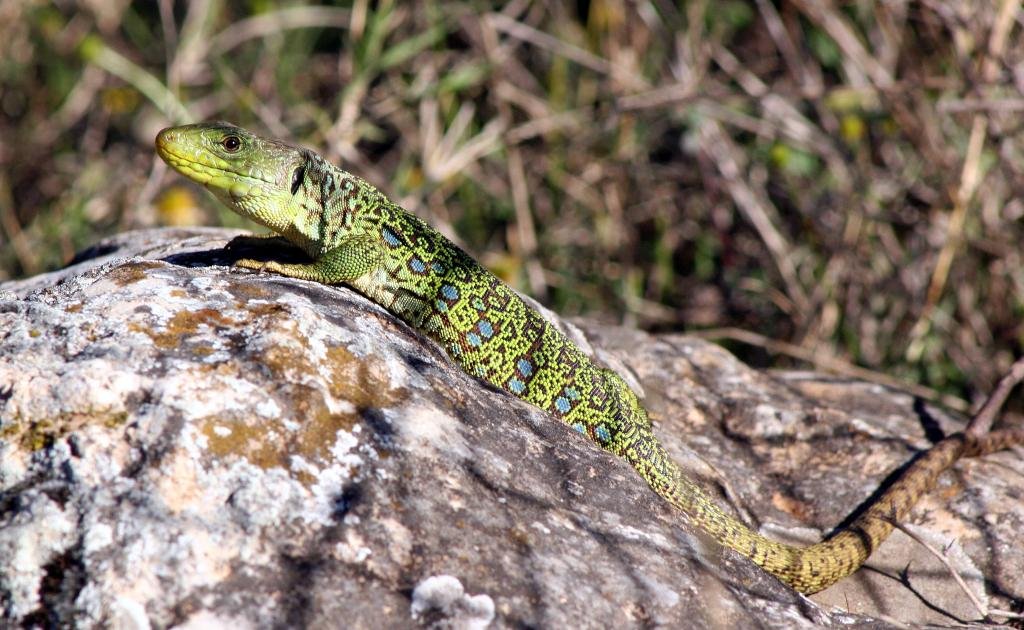Horseshoe Whip Snake (Hemorrhois hippocrepis) Culebra herradura
Non-Venomous The Horse-shoe whip snake can reach a length of 180cm although they are often less. They are fairly slender, shy and fast moving. Although mostly diurnal they can also be seen out on warm evenings (crepiscular). The body pattern is brighter and more obvious on juveniles with the main colour varying between yellow, off … Read more



